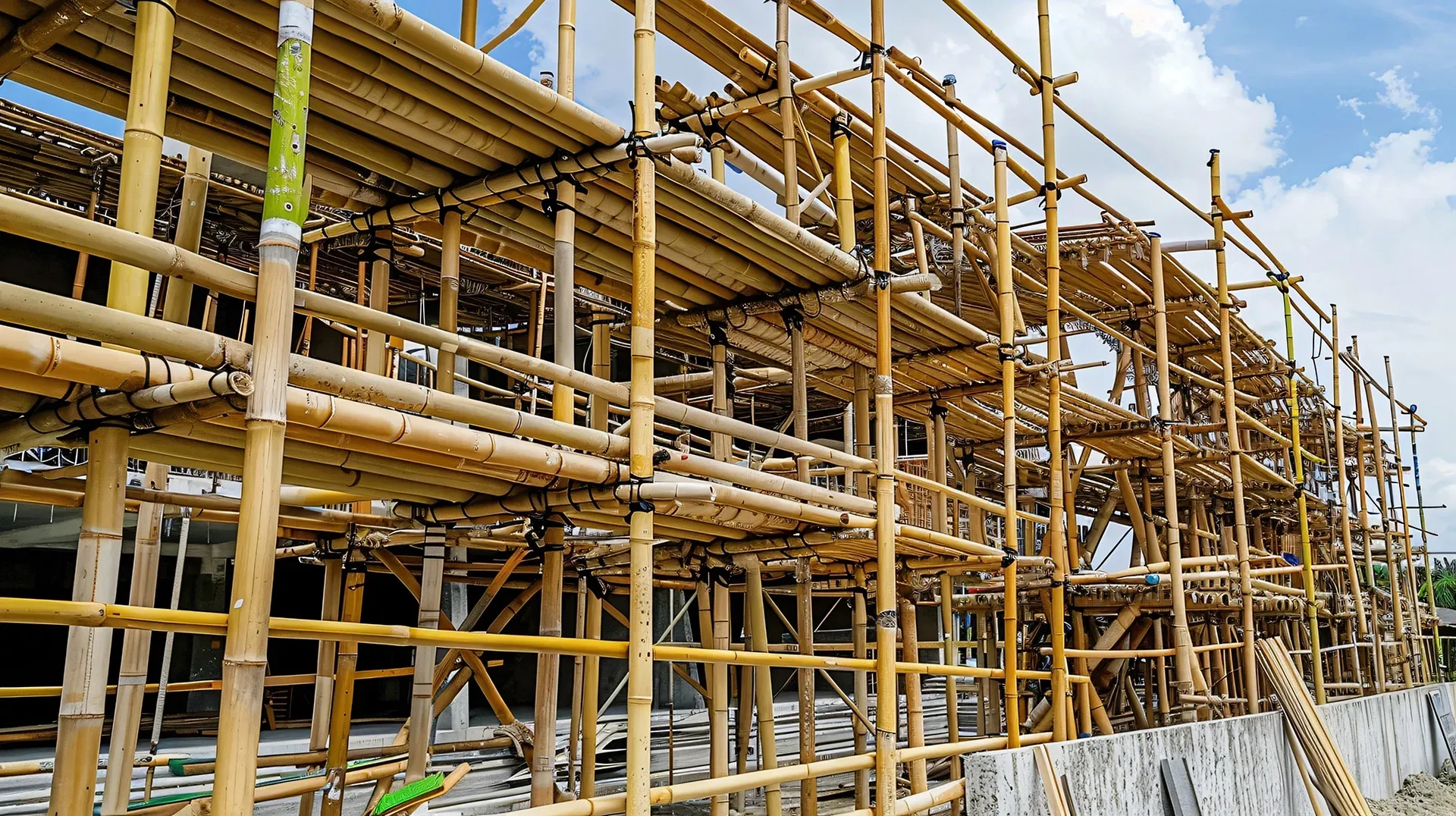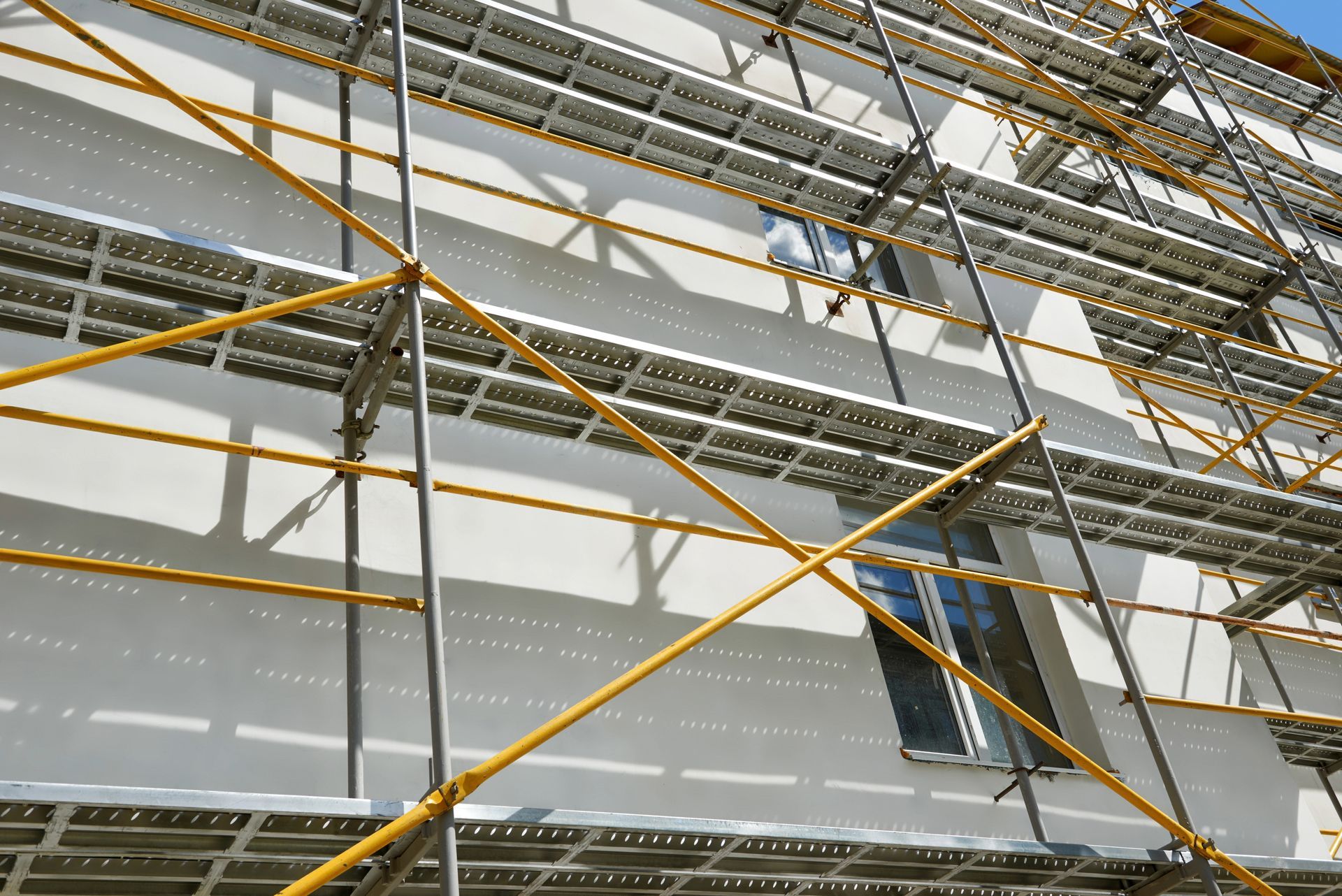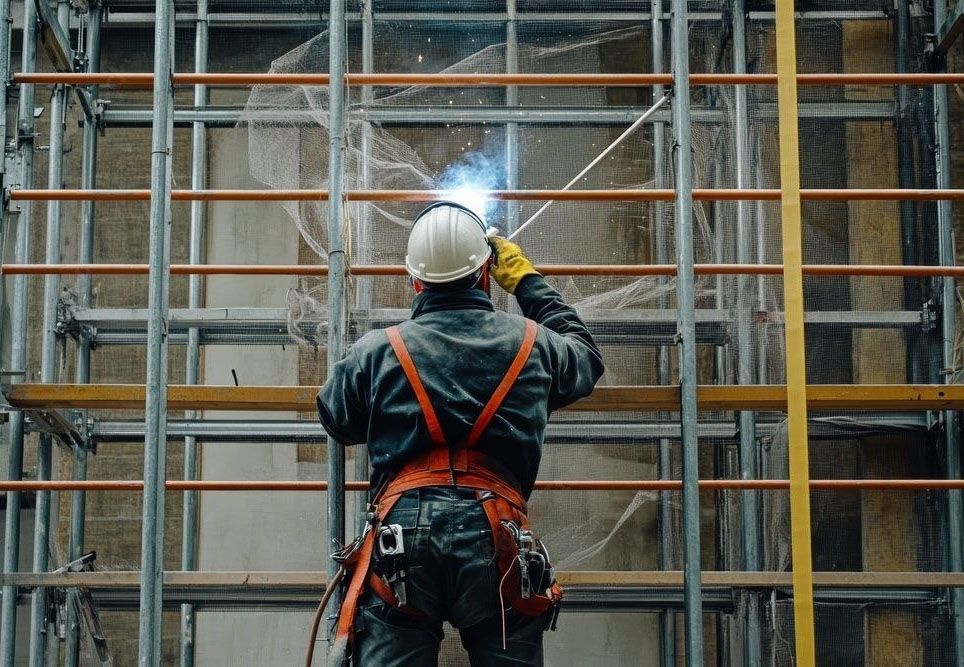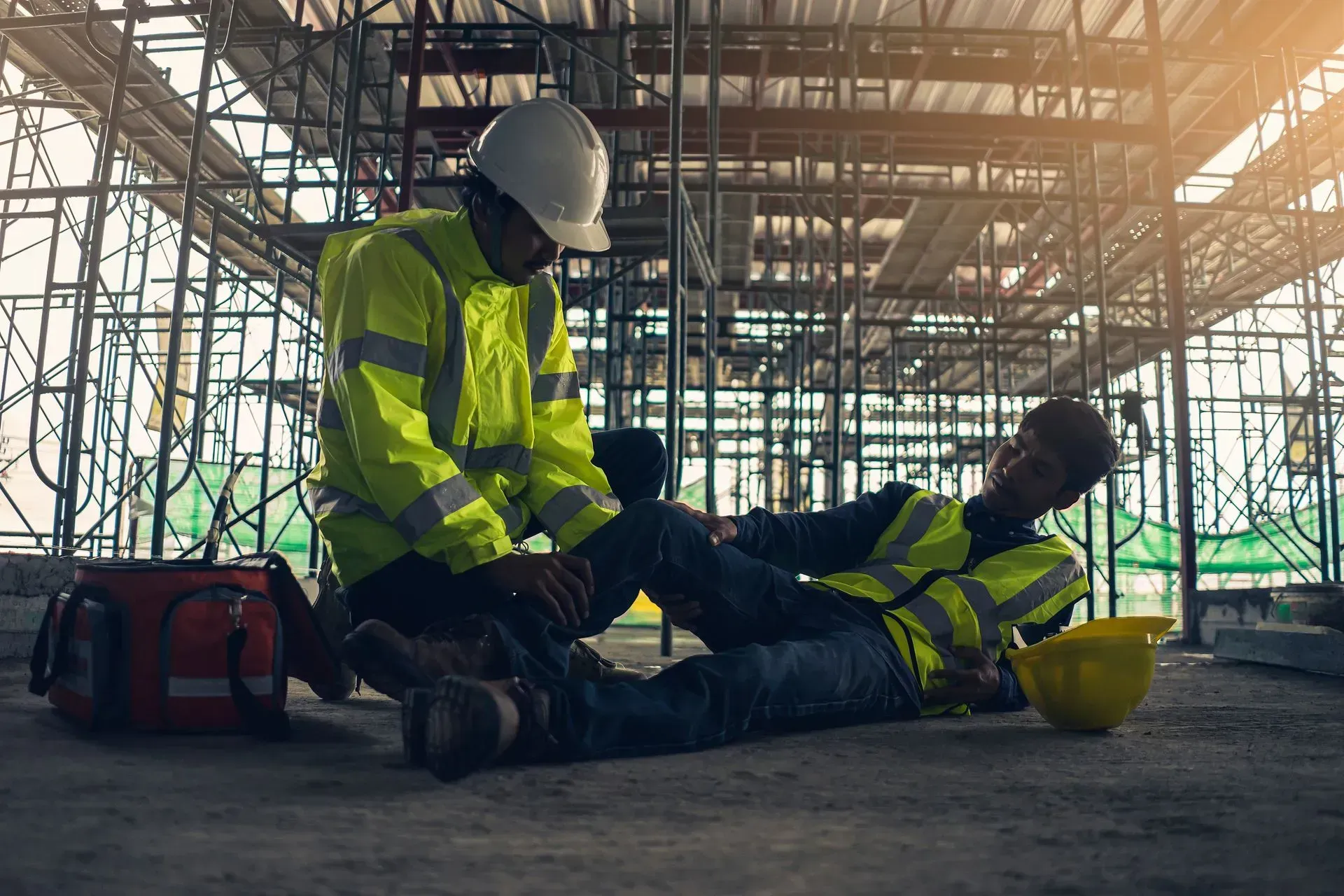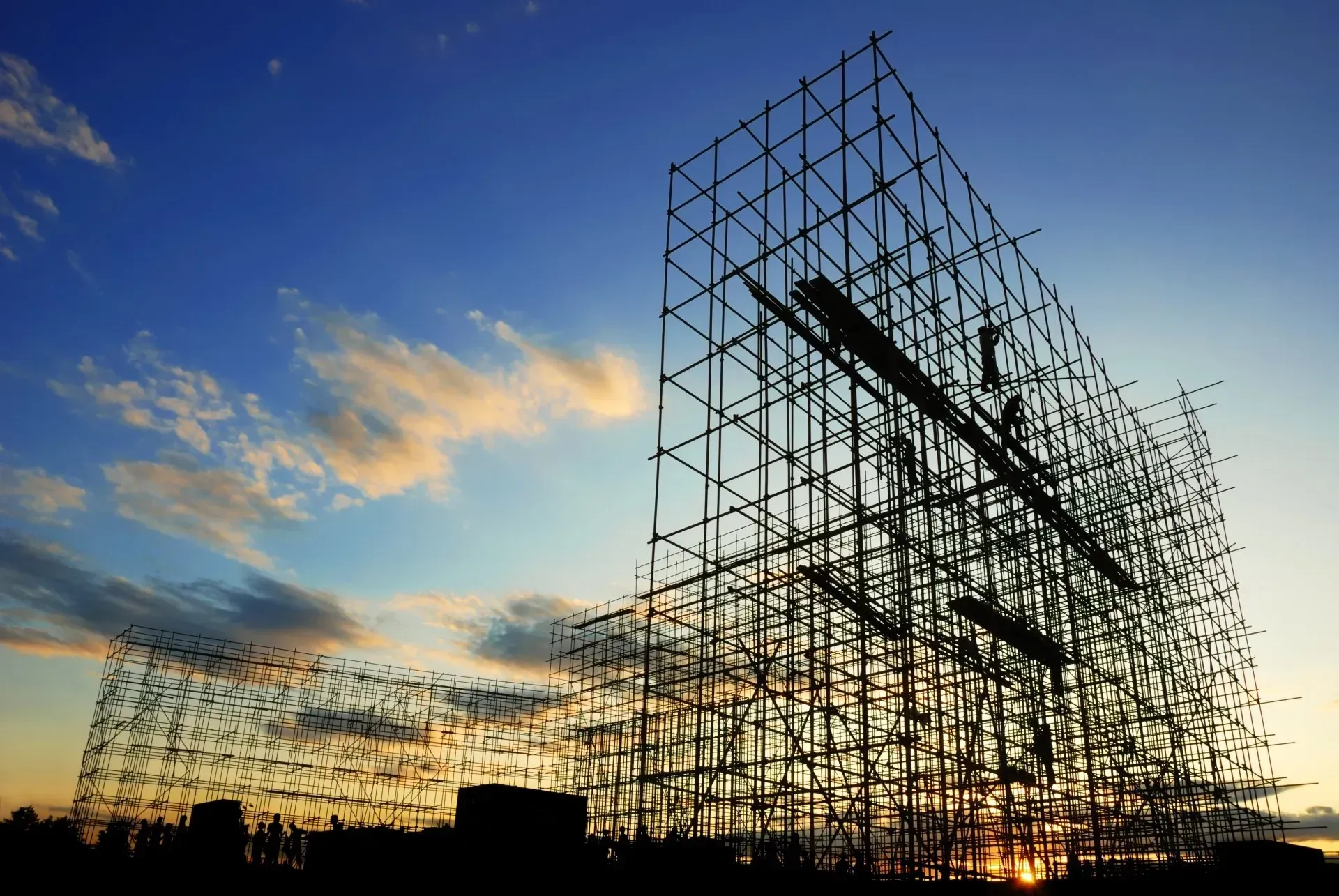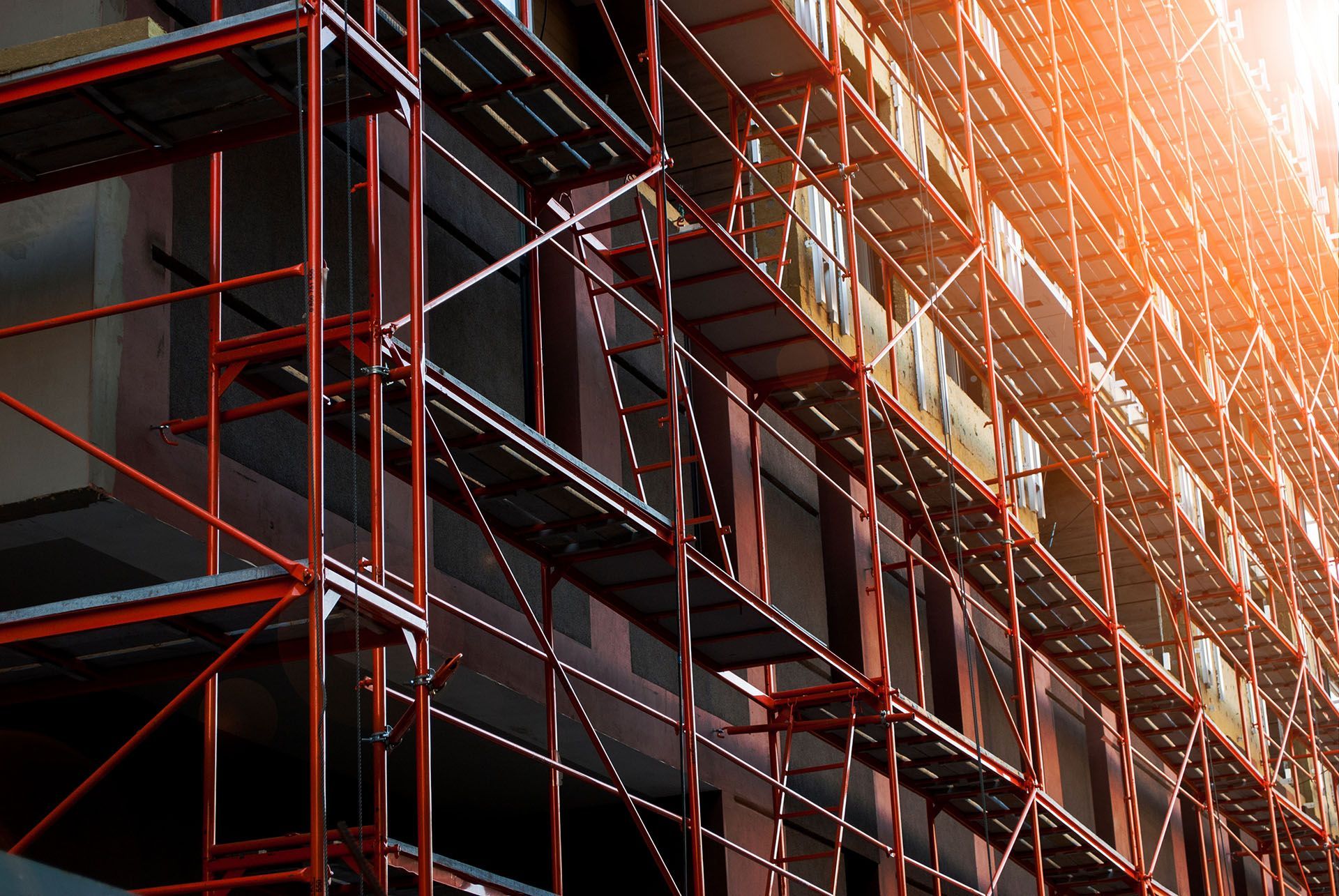Formwork Scaffolding: A Comprehensive Guide
Are you currently working with concrete or starting a new construction project? When it comes to stability and strength, formwork scaffolding might be what you need. From constructing high-rise buildings to residential homes, formwork scaffolding provides the necessary framework for pouring and shaping concrete. But what exactly is it?
In this blog, we'll explore what formwork scaffolding is, its common types, and why it's essential in construction projects. We'll also discuss the difference between formwork and falsework highlighting their unique roles in construction. Whether you're an experienced professional or new to the field, this comprehensive guide will help you understand and effectively utilise scaffolding formwork to enhance your construction projects.
What is Formwork Scaffolding?
Formwork scaffolding, also known simply as formwork, is a temporary structure used in construction to support and mould concrete or other materials as they set. It serves as a structured mould where the poured liquid concrete can conform to its intended shape and structure. A scaffolding formwork system typically consists of vertical and horizontal supports, often made of steel or aluminium, along with panels or sheets that enclose the concrete on the sides.
Where is Formwork Scaffolding Used?
Formwork scaffolding systems are among the various types of scaffolding commonly used in the construction of concrete structures. This includes various types of buildings such as residential complexes, commercial buildings, bridges, tunnels, and dams. Essentially, anywhere concrete needs to be poured into a specific shape or form, scaffolding formwork is likely to be utilised. It provides temporary support and containment for the concrete until it sets and gains sufficient strength to support itself.
Difference Between Formwork and Falsework
Formwork and falsework are both temporary structures used in the construction industry, but they serve different purposes. Let's take a closer look.
Formwork
Formwork scaffolding is a temporary structure that supports and shapes concrete or similar materials while they set or cure. It is basically a temporary support system designed to hold the formwork in place until the concrete or similar materials have hardened to their desired shape and strength.
Falsework
On the other hand, a falsework is a temporary structure used in construction to support and brace components like formwork, scaffolding, or beams during the construction process. It is designed to bear the weight of construction materials and provide stability until the permanent structure has sufficient strength to support itself. Falsework is typically erected at the beginning of a construction project and dismantled once the permanent structure has been completed.
Advantages of Formwork Scaffolding
Scaffolding formwork plays a crucial role in construction for several reasons:
Structural Integrity
Scaffolding formwork provides support and stability during the construction process, making sure that structures maintain their shape and strength as they are built.
Safety
It creates a safe working environment for construction workers by offering platforms for them to work on at various heights. This reduces the risk of falls and other accidents on the construction site.
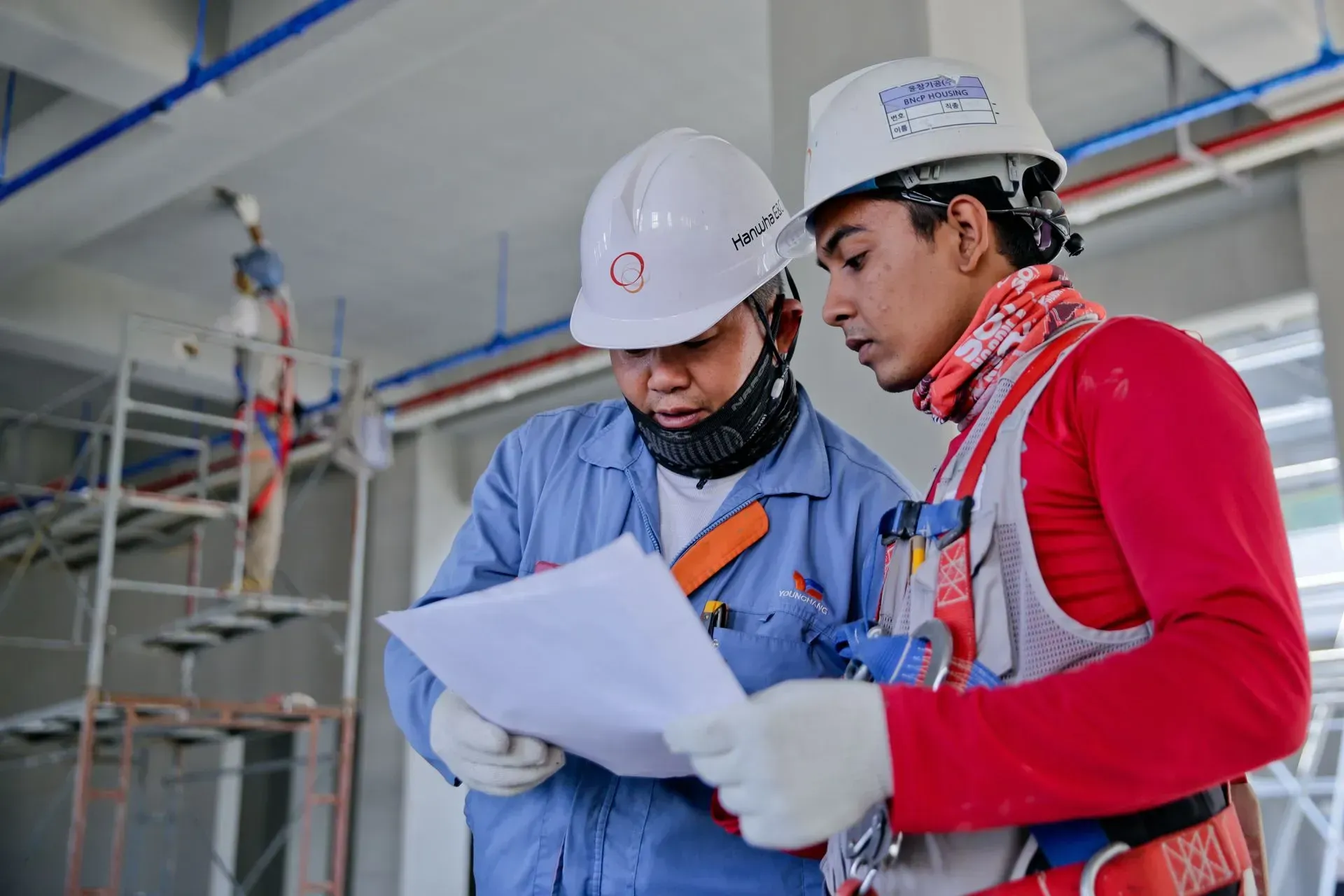
Efficiency
Properly designed scaffolding formwork systems streamline construction workflows, allowing workers to access different areas of a building or structure with ease.
Quality Control
Scaffolding formwork helps maintain the accuracy and precision of construction projects by providing a template for pouring concrete and placing other materials. This adherence to design specifications minimises errors and defects in structures.
Versatility
Scaffolding formwork is adaptable to various construction projects, from high-rise towers to residential homes, making it essential for diverse construction needs.
Types of Formwork Scaffolding
Formwork systems come in various types, each tailored to different construction needs. Here are the main types:
Timber Formwork
Timber formwork is a temporary mould crafted from wood, employed in construction to prop up recently poured concrete until it solidifies adequately to hold its own weight. It's utilised to shape concrete into desired forms for structures like buildings, bridges, and tunnels. Despite its advantages in terms of ease of use and affordability, timber formwork may lack the longevity and resilience of materials like steel or aluminium.
Steel Formwork
Steel formwork is a construction system that utilises steel sheets or panels to create moulds or frameworks for pouring concrete. These panels are sturdy and reusable, allowing them to withstand the pressure exerted by concrete during pouring. They can be easily adjusted to accommodate different shapes and sizes, making it suitable for a wide range of construction projects.
Aluminum Formwork
The aluminium formwork scaffolding system uses aluminium panels or frames to create moulds for pouring concrete. These components are lightweight yet sturdy, making them easy to handle and transport on-site. Known for their durability and resistance to corrosion, they can withstand the pressure of concrete during pouring. Furthermore, they also offer advantages such as rapid assembly and disassembly, as well as the potential for reuse across multiple projects.
Plastic Formwork
Plastic formwork is a construction system that utilises plastic panels, boards, or sheets to create moulds or frameworks for pouring concrete. These plastic components are lightweight, durable, and easy to handle, making them particularly suitable for repetitive use in construction projects. In addition, they offer advantages such as resistance to moisture and chemicals, which contributes to improved efficiency and cost-effectiveness in building processes.
Takeaway
Scaffolding formwork is a crucial element in construction projects as it provides the necessary support and structure for pouring concrete and placing materials. Its role in maintaining accuracy and precision guarantees that structures meet design specifications and preserve the integrity of the final product.
At Crewscaff, we offer comprehensive scaffolding solutions tailored to your project requirements. If you need scaffolding hire for construction projects, we can provide you with quality scaffolding equipment including scaffolding for formwork. Whether you're in Wollongong or nearby areas, our team is ready to assist with your project requirements. Get in touch with us today to get a quote for your next project.

Based in Wollongong, Crewscaff provides scaffolding solutions for residential, commercial and industrial projects. We have knowledge of all aspects of scaffolding, from reading and interpreting plans, designing scaffolds, running crews, communicating with builders, and giving the customer exactly what they want with zero headaches.
CONTACT INFORMATION
Unit 3/30 Sunset Ave, Barrack Heights NSW 2528
Wollongong / Illawarra Area
Phone: 0452 177 483
Opening Hours: 7am - 5pm
ABN:
35 167 958 321
ACN:
167 958 321

